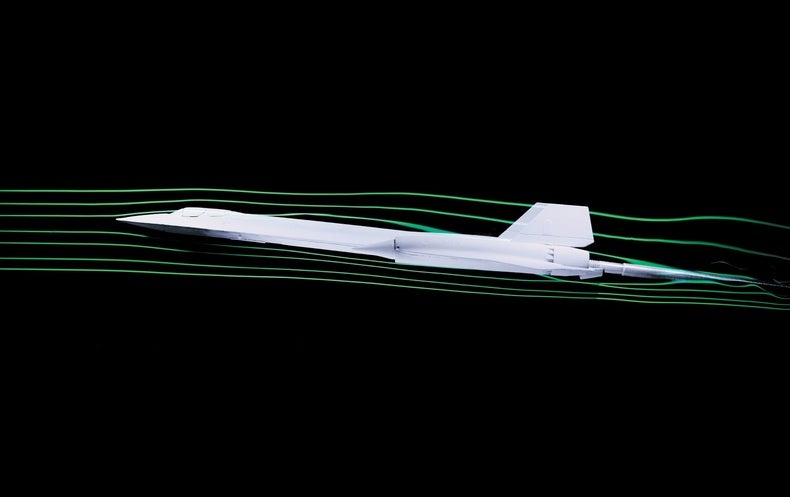You've heard the expression "you know more than you can tell"?I am fascinated by the basic laws of everyday events
I am fascinated by the way we figure out the laws intuitively and subconsciously even when we can't verbalize them.
If you'd like a mind blower, consider the concept of "lift" - not on an airplane wing, but on an information manifold.
In the field of information geometry, statistical distributions of everyday events "look like" everyday Cartesian coordinate systems, and support angles and lengths and distances and all the other math we know and love.
So for instance you can have a surface whose base coordinates are mean and variance, thereby parameterizing a family of (Gaussian) probability distributions.
These "information manifolds' are entirely physical, there is a concept of free energy, and also the concept of the work it takes to travel a path on the surface. Therefore, one can think in terms of a "force" that pushes the system from one state into another.
Here is a short high level primer:
In the link they talk about "belief propagation". And you can think about the forces that would be necessary to lift a belief.
This is what our brains do when we think, we force beliefs up and down through "belief trees" (directed graphs) by applying logical "forces" (in the form of hypothetical initial conditions).
